A History of Early High Energy Physics Research at UCL
Jim Grozier
Cloud Chambers and Cosmic Rays
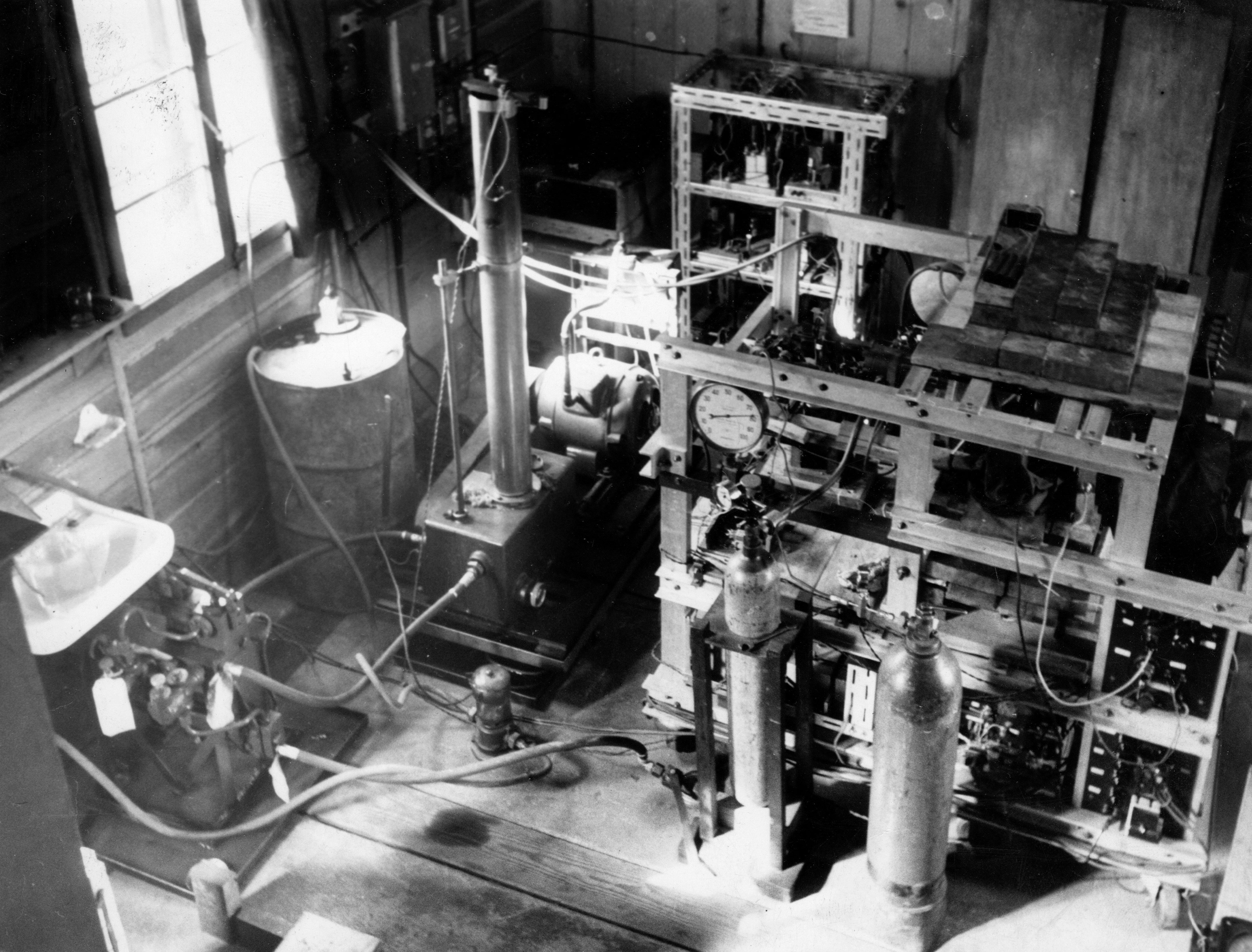
Cosmic ray work started in earnest in 1953, using a high-pressure cloud chamber on Mount Marmolada in the Dolomites. The cloud chamber, nicknamed "Susie", was built by George Evans of Aberystwyth, and based on a design by Professor E.J.Williams. The chamber had previously been running at Aberystwyth, where Williams had used it in 1940 to take the first photograph of a muon decay [1]. It was installed in the summer of 1953 and operated for nearly three years. Work also started on two new cloud chambers, one to replace the Aberystwyth chamber on Marmolada and the other for use at Harwell, although only the latter was eventually built. Evans later moved to Edinburgh; his research student, Ceiri Griffith, came to UCL along with Norman Morris, who had just finished his PhD.
Harrie Massey and Harry Tomlinson had toured various mountain sites in 1952 to select a suitable location for the chamber [2] . The University of Padua had a hut on Marmolada which had been built several years earlier at the behest of Ettore Pancini, who with Marcello Conversi and Oreste Piccioni had shown in 1944 that the "mesotron" (later re-named the mu-meson or muon) did not interact strongly and hence could not be identified with Yukawa's nuclear force carrying meson [3]. Pancini's brother happened to be in charge of a large dam-building project in the area, and had been only too happy to oblige when Ettore was looking for accommodation. (The hut later had to be moved because its original location was flooded when the dam went into service) [4].
Andrew Metheringham, a UCL graduate who had started his degree in 1949 under Andrade, Massey's predecessor, began a PhD on the Marmolada cloud chamber project in 1952. The facilities there were fairly primitive: "You had to walk up, and it was jolly steep". Accommodation was at the neaby Rifugio; supplies came in on the back of a mule.
Russell Stannard, another UCL graduate, started his PhD on the same project a year later, and the following year, he and Metheringham were joined by another PhD student, Fred Bullock. Russell recalls that Susie was "dangerous, temperamental, and always exploring new ways of going wrong". At a pressure of 70 atmospheres, "she was forever blowing a gasket" [5]. Peter Astbury, an anthropologist by training who had been in the Royal Signals, arrived from Manchester to work on the Marmolada project.
Alongside Susie there were two other experiments; one was a conventional (low-pressure) cloud chamber belonging to Padua University, while the other was a large shallow cloud chamber about a metre square run by a team from Göttingen in Germany. The Padua chamber had a large magnet and could thus be used to measure momentum; it worked in conjunction with the Göttingen chamber, which was on the floor below and was large enough for the particles to come to rest so that their energy could be measured. The UCL chamber, because of its higher density, collected a "fairly high yield" of cosmic ray interactions according to Fred Bullock [6]. The interactions were recorded on film, which the researchers brought back to UCL for analysis.
Baptism by Fire
Russell Stannard recalls an early experience with Susie, the cloud chamber on Mount Marmolada:
"We needed a sudden brilliant flash. To achieve this we had a bank of condensers. These stored an enormous amount of electricity ready to be released through the lamps all in one go. They were charged up to 2000 volts. The condensers were situated on the floor under the chamber. They were lethal.
“Soon after I arrived, while I was still learning the ropes, I dropped something on the floor. I went scrabbling after it. Then it happened. My hand touched the exposed terminals of the condenser bank, and I discharged the whole lot through my body. I was in fact incredibly lucky. I must have touched the earth terminal first, so that when the other part of my hand went on to touch the live terminal, most of the electricity discharged through the hand. There was still enough going through the rest of me, however, to fling my body across the room. If I had touched the live terminal first, and the whole lot had gone through my body, I doubt very much that I would have survived." [7]
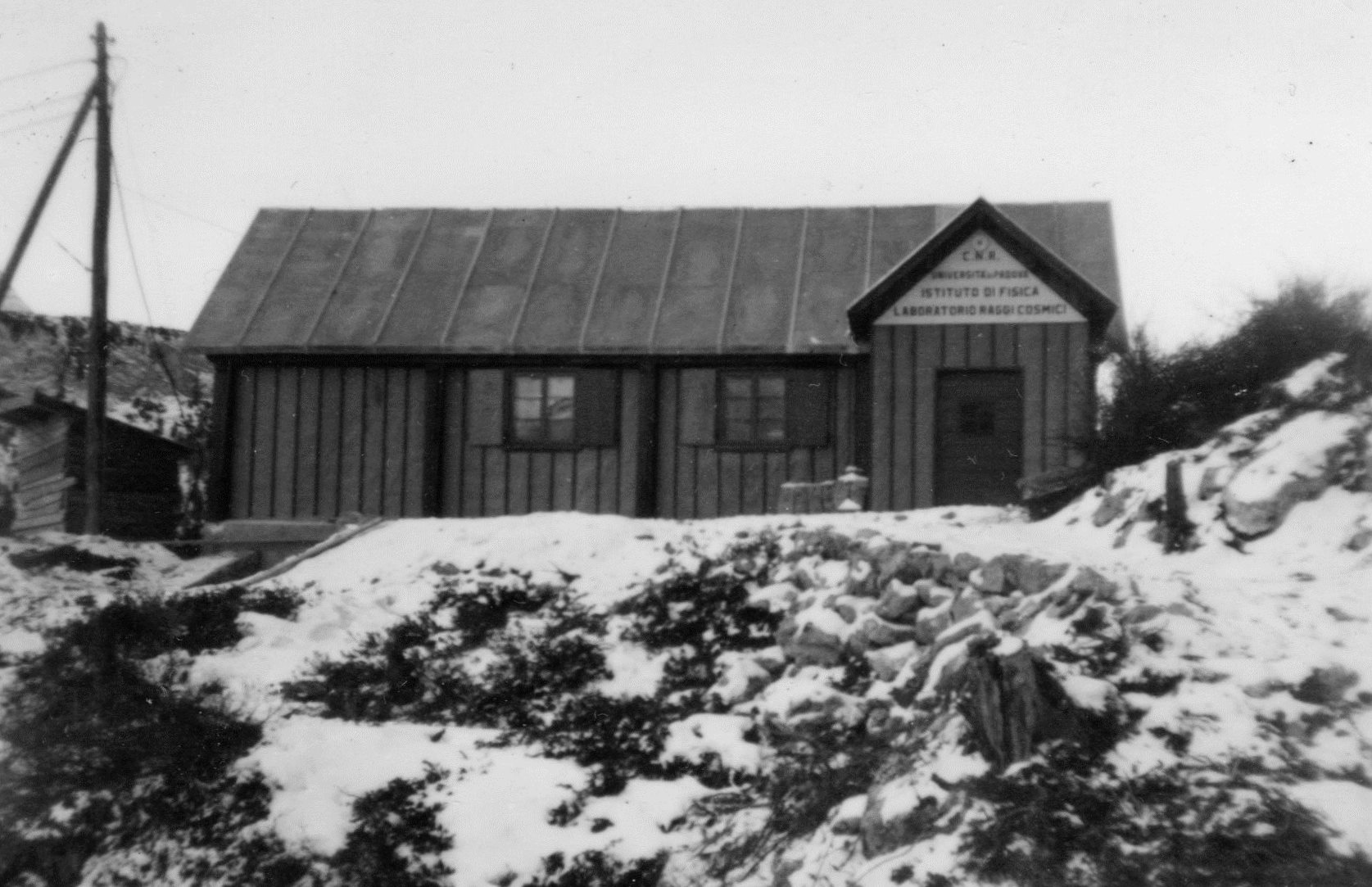
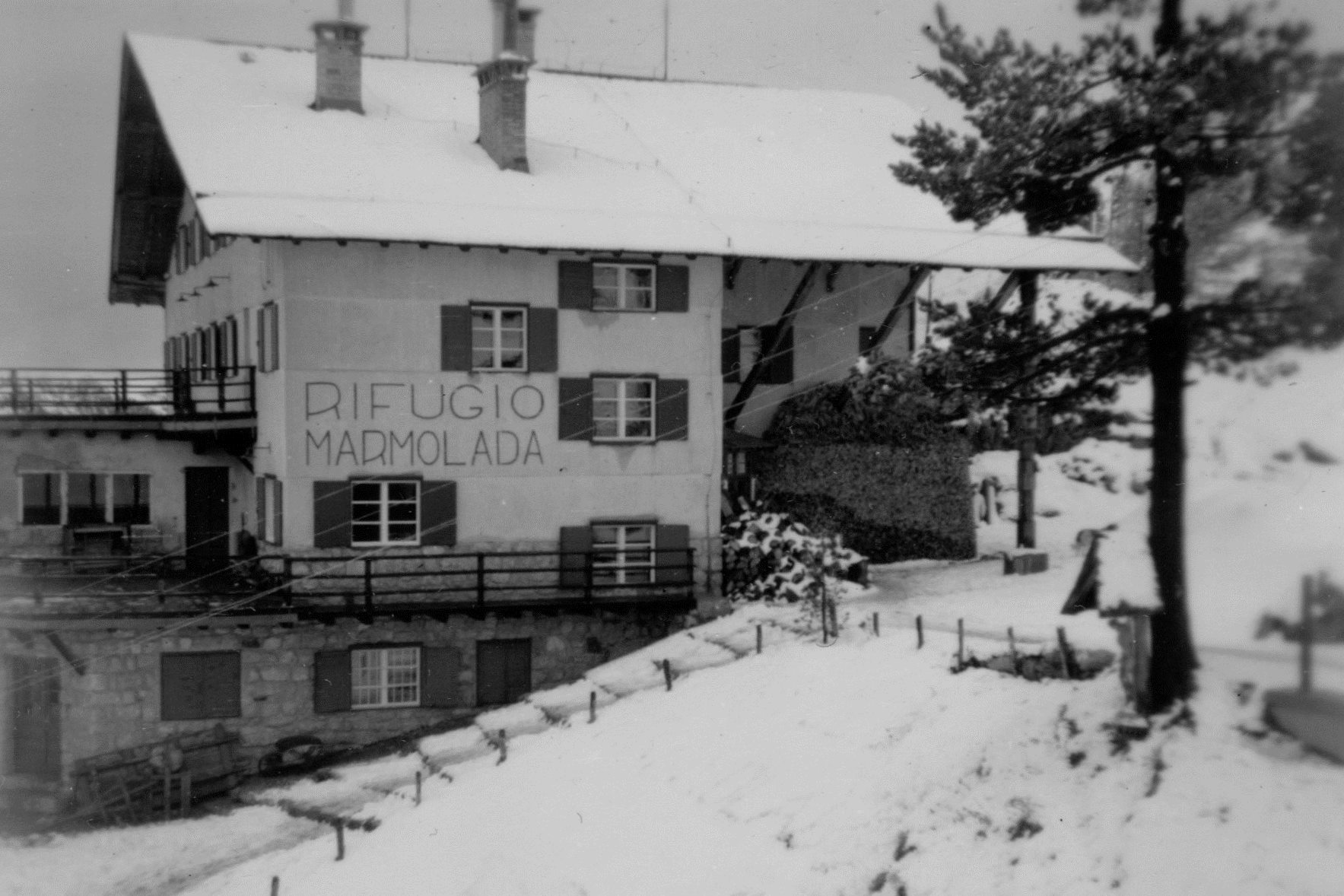
The Marmolada project gave rise to 11 research papers; however, in 1955 a flaw was discovered. Percy Baxter, a contemporary of Metheringham, was examining a track in one of the photographs to determine the amount of multiple scattering, which can be gauged from the extent to which the track deviates from a straight line (there was no magnet on the Marmolada chamber). He discovered tiny undulations whose separation corresponded with the positions of the holes in the backplate, suggesting that they were due to convection currents caused by the expansion of the gas. As Andrew Metheringham puts it, "almost overnight, everybody's careers were shattered".
Massey decided to send the chamber and all its associated equipment to Evans, who by then was at Edinburgh. This included equipment which had been designed and built by Andrew Metheringham for his PhD; Metheringham, however, had been advised in 1954 to stay away from Marmolada for health reasons, following treatment for a bleeding ulcer, and had had to resort to communicating with the site by telephone and letter. After the plug was pulled on the experiment, he never saw his equipment again [8].
Cloud Chambers and Accelerators
Meanwhile, Harry Tomlinson's high pressure cloud chamber had been despatched to Harwell. It was a small cylindrical chamber about 7-8 inches deep, containing argon at 40 atmospheres together with an ethyl alcohol condensate, and incorporating plastic scintillator counters operating as veto counters. The chamber was used for proton-helium and proton-deuterium scattering using protons from the 150 MeV Harwell synchrocyclotron.
After the end of the Marmolada project, Andrew Metheringham was transferred to the Harwell chamber. Joining him there was Gordon Lush, who had completed his BSc at UCL in 1956 and moved on to do a PhD under Ceiri Griffith. Also in this group were David Cairns and Ralph Thomas. Eventually, Griffith left the cloud chamber group to concentrate on positronium.
Gordon Lush describes the cloud chamber as "rather a temperamental beast"; he spent most of his three PhD years refurbishing it and getting it to work, including rebuilding the control unit. He then moved on to designing helium polarisation analysers for the proton-helium scattering experiments - which formed the subject of his thesis. He also designed the liquid helium target.
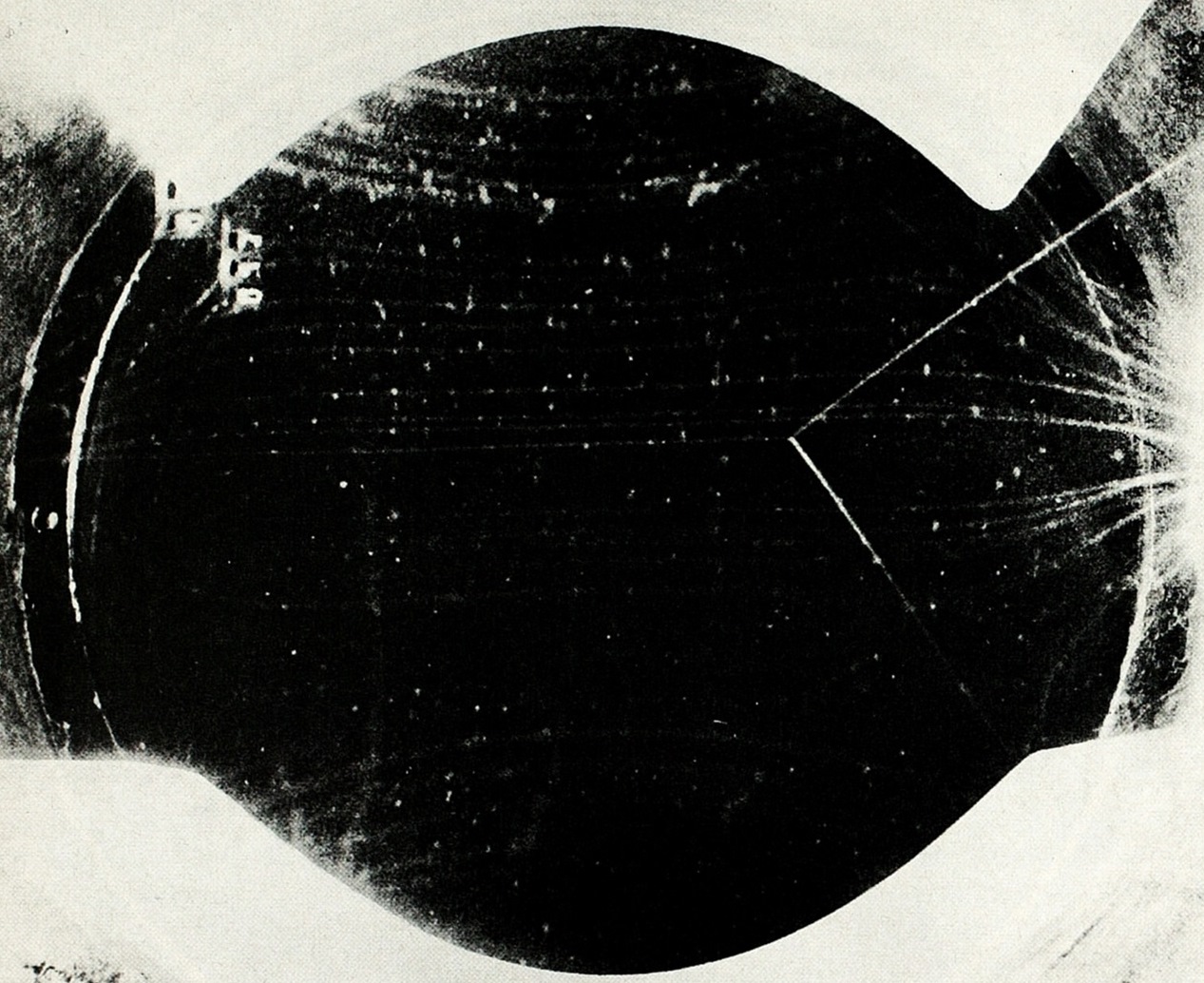
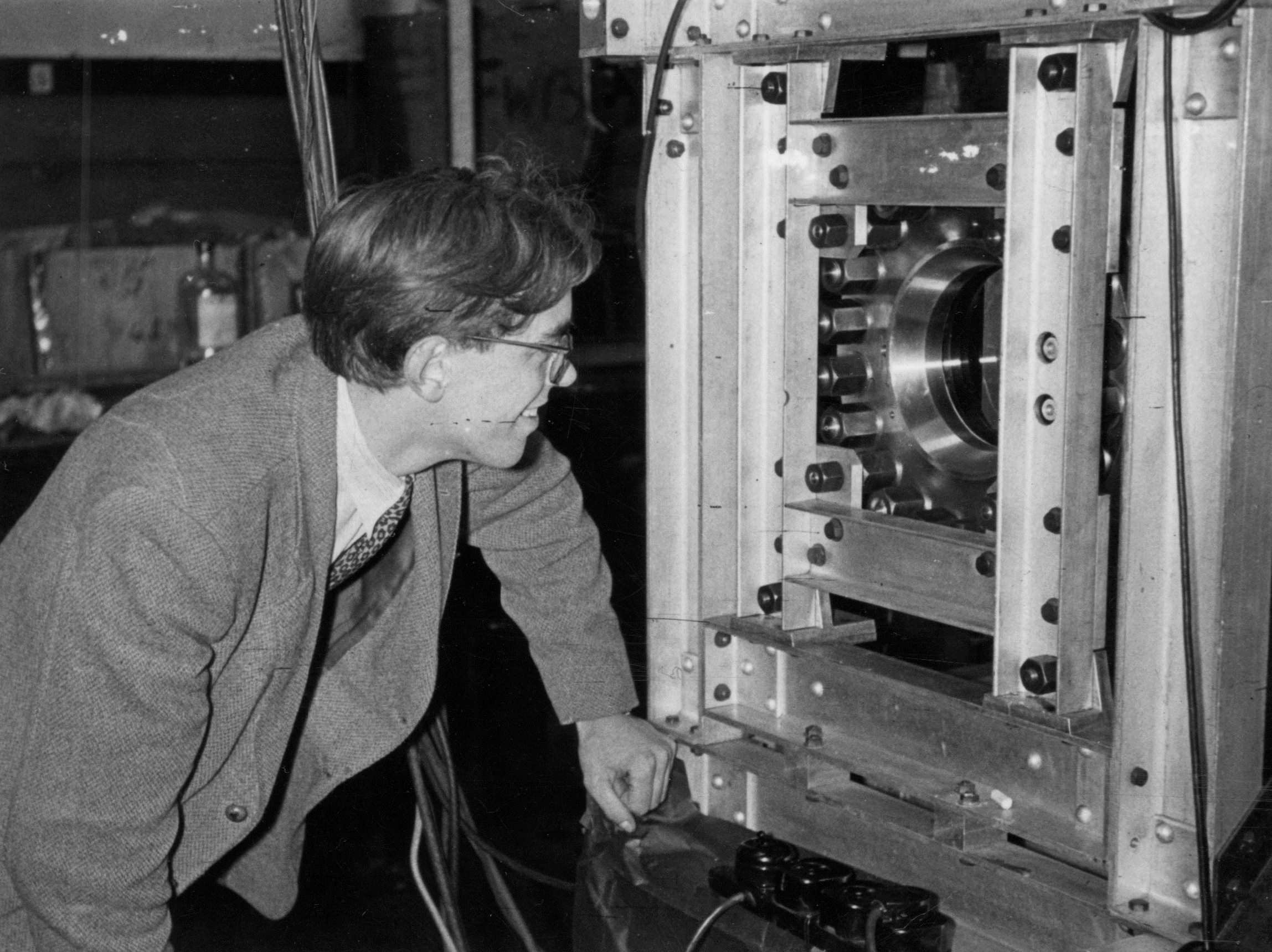
(Click here for more on cloud chamber research)
References
- Interview with Andrew Metheringham, 23.6.14
- Harrie Massey, in Harry Tomlinson 1913-1971, UCL 7.12.71, p3
- Interview with Andrew Metheringham, 23.6.14
- The Particle Century, Fraser, G., (ed.), IoP 1998, p. 17
- Interview with Russell Stannard, 25.11.13
- Interview with Fred Bullock, 15.11.13
- Extract from Russell Stannard's autobiography, reproduced with permission of the author.
- Interview with Andrew Metheringham, 23.6.14
